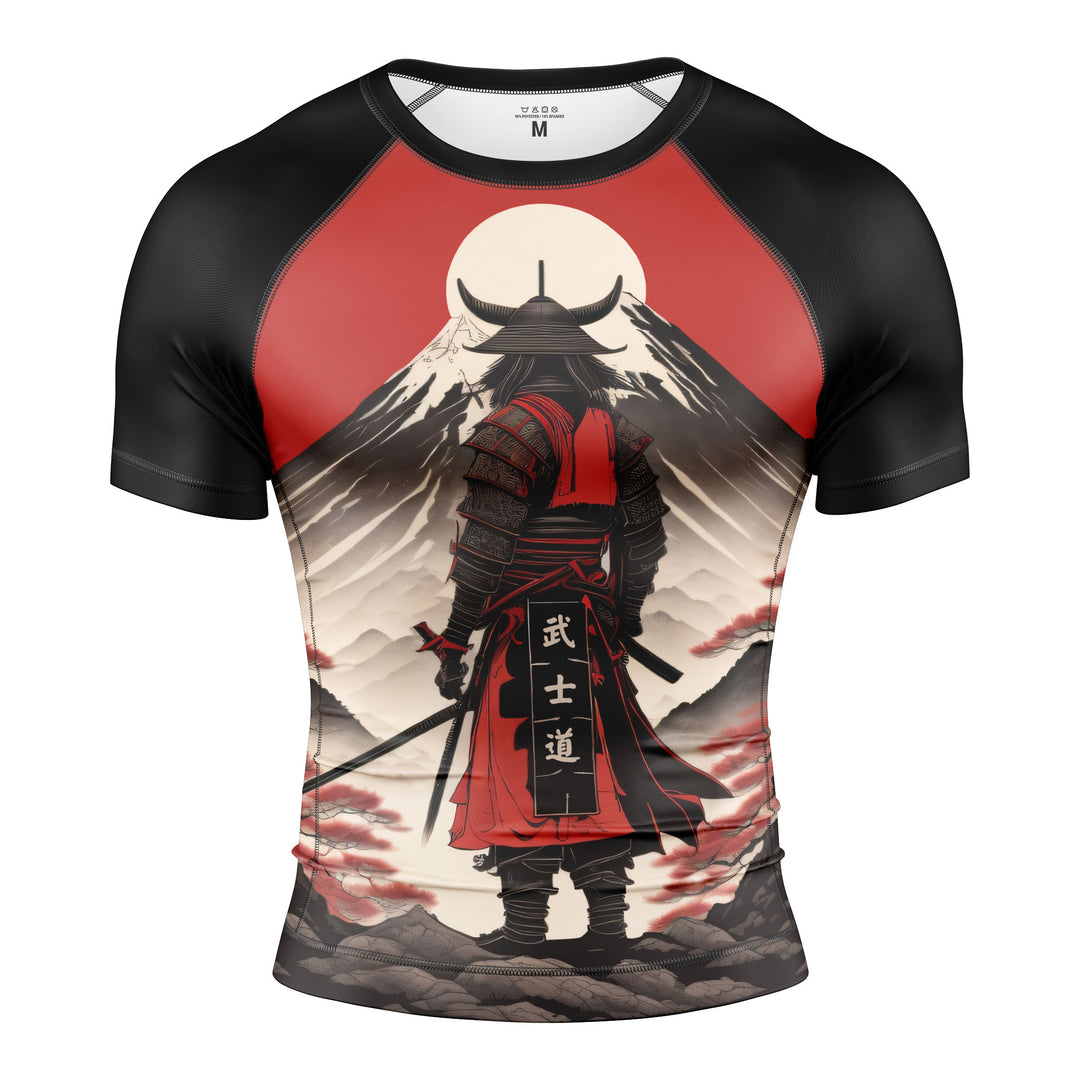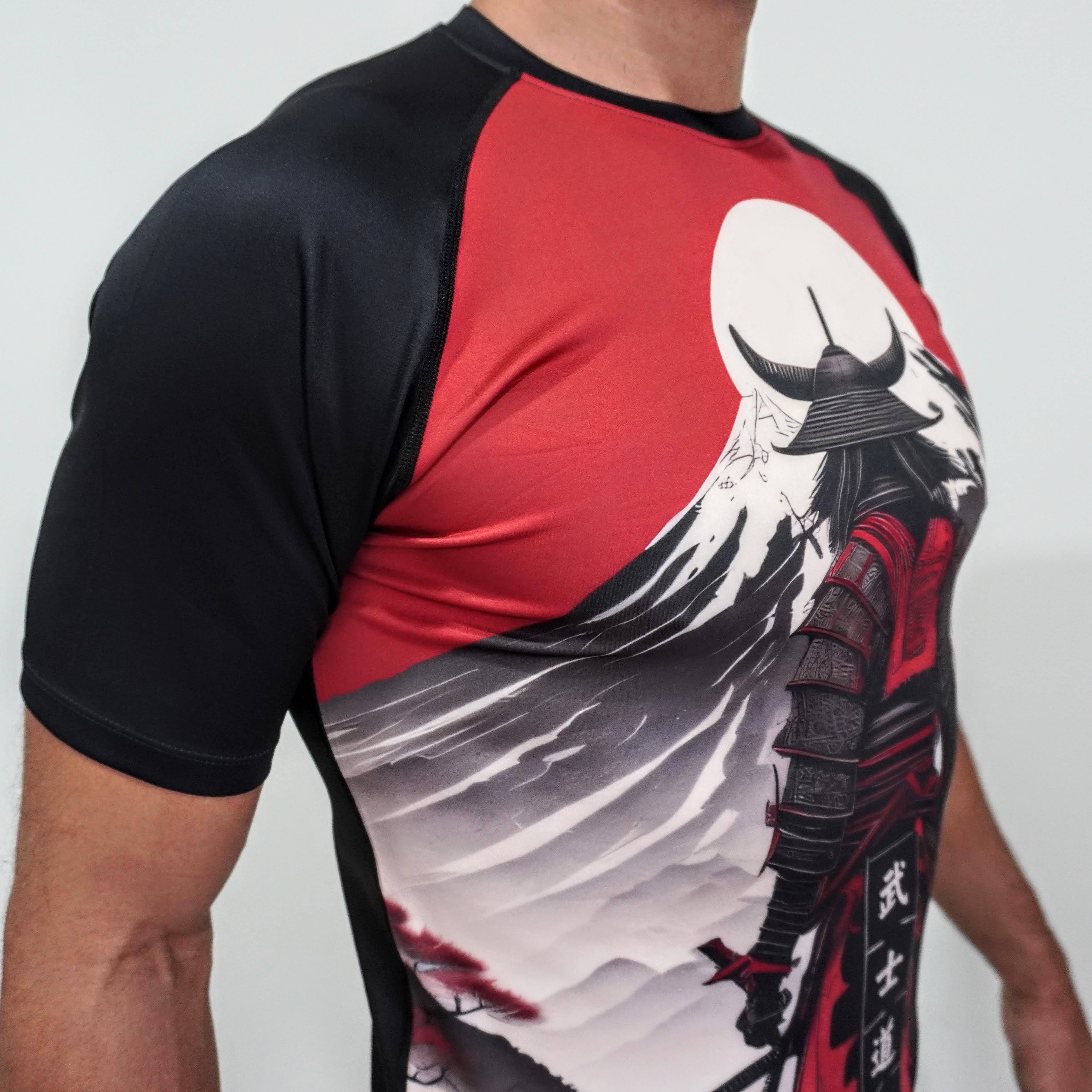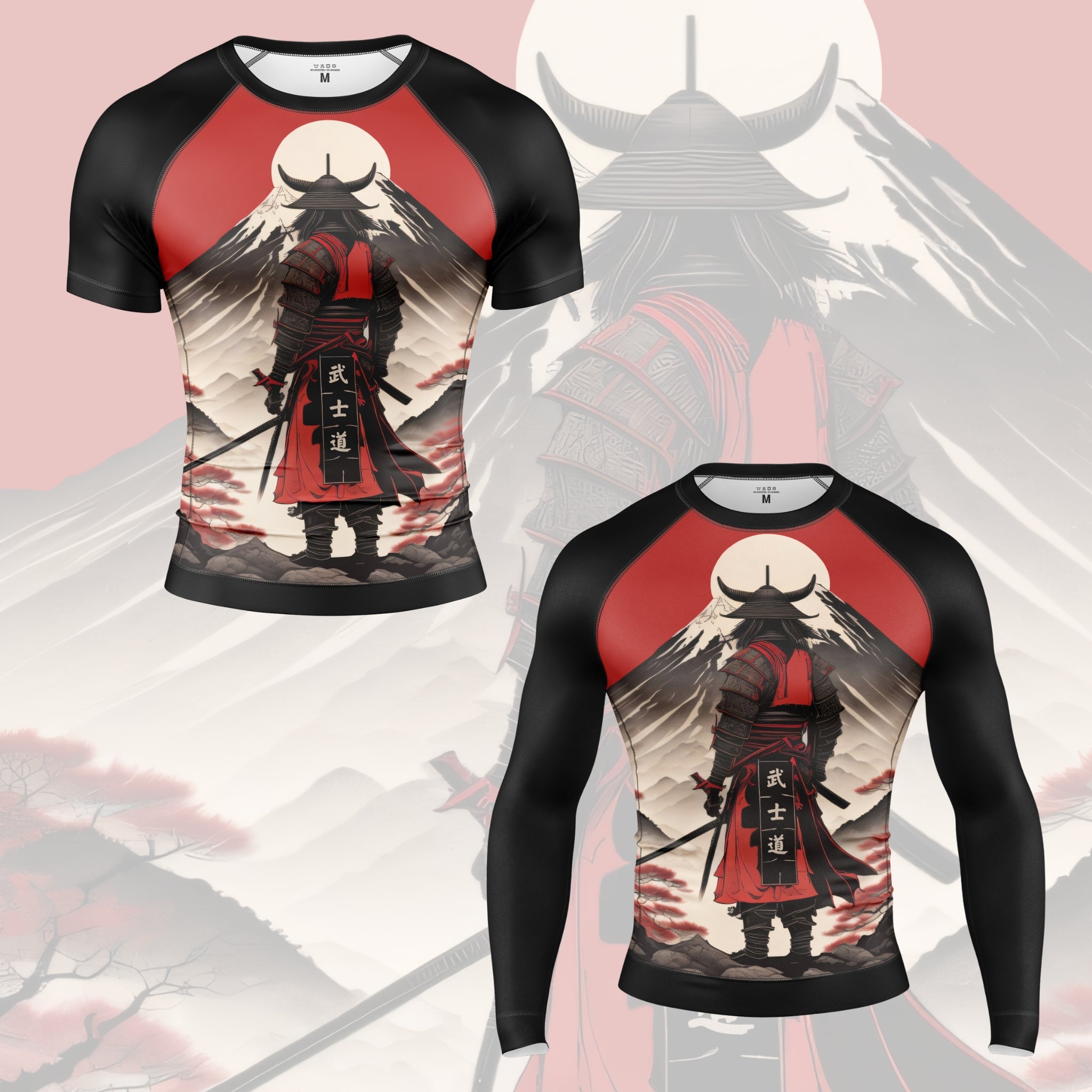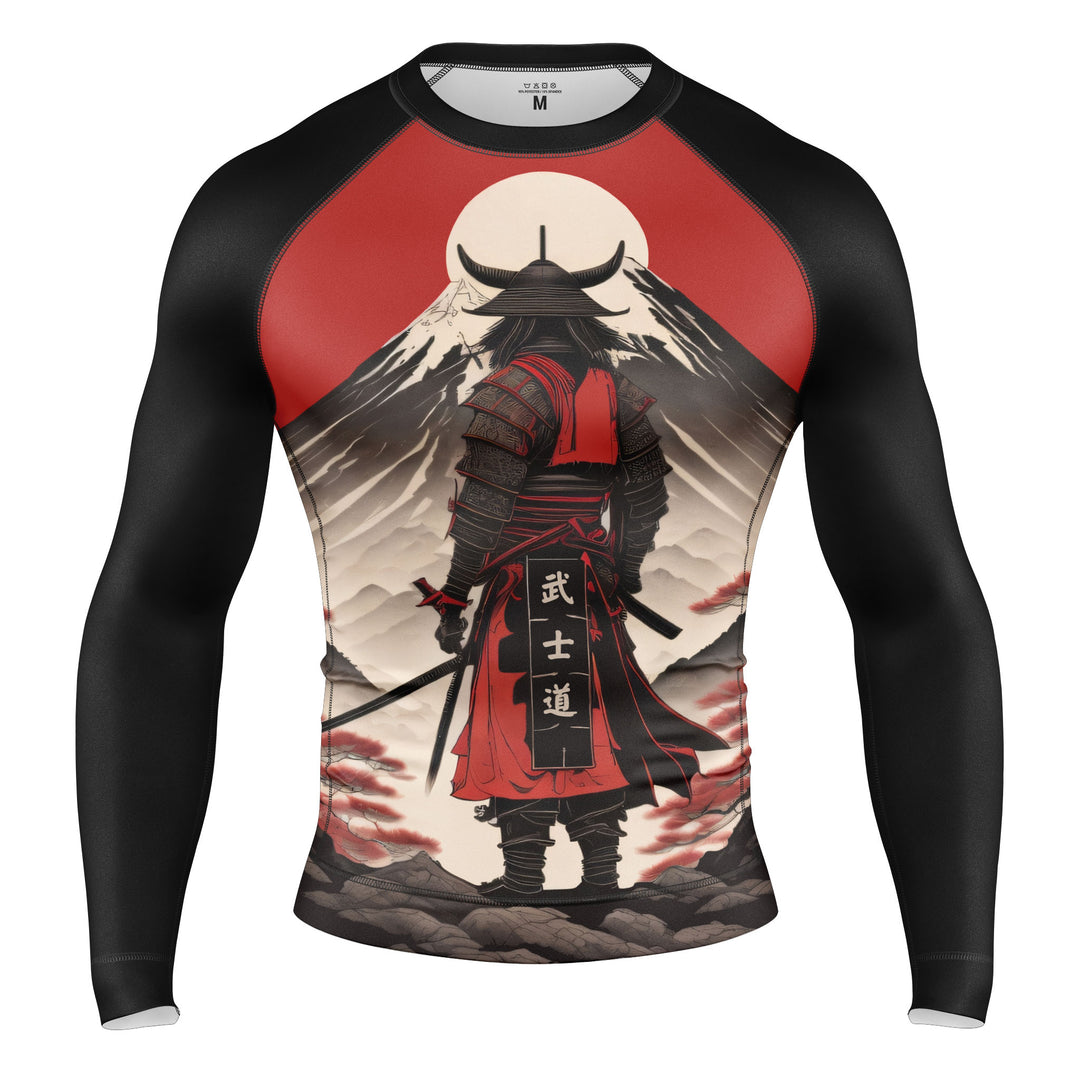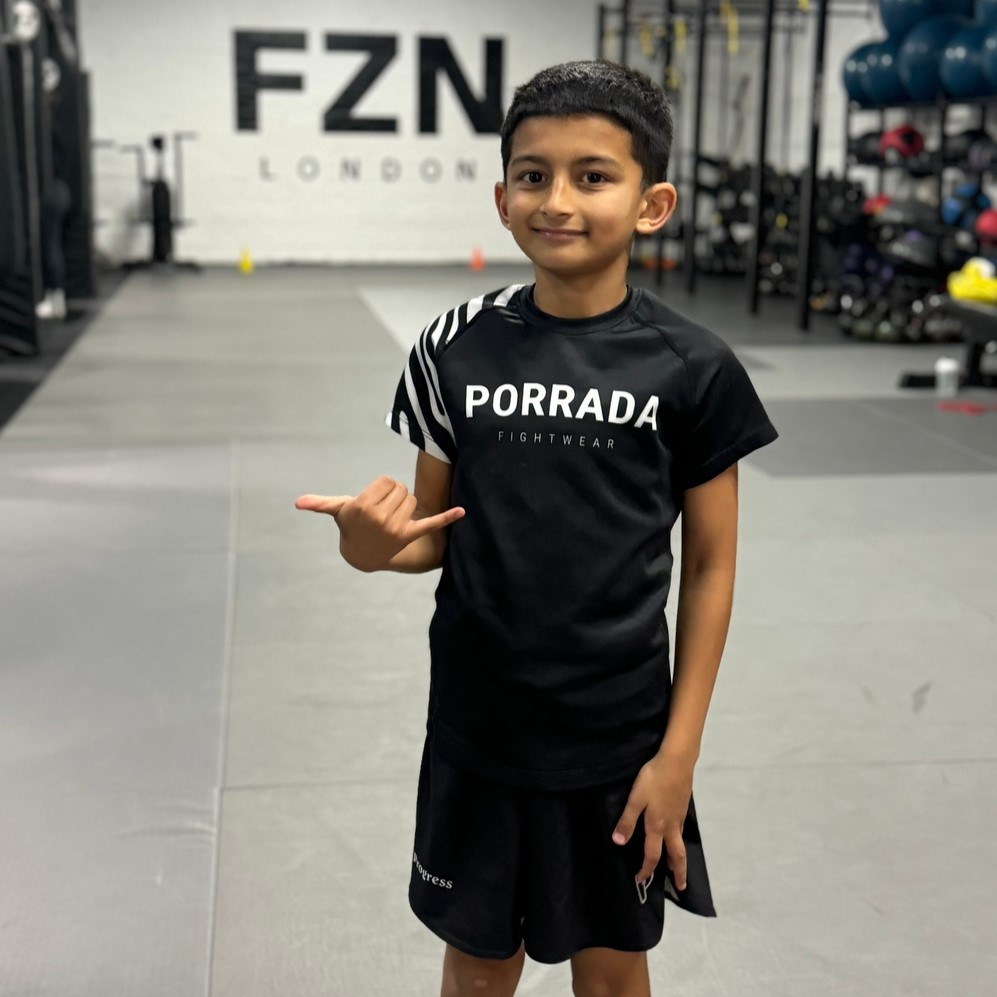Gi vs. No-Gi BJJ: Understanding the differences and choosing your path
Within the world of Brazilian Jiu-Jitsu (BJJ), practitioners face a common question: Should I train in the traditional Gi (kimono) or opt for No-Gi training? The debate surrounding Gi vs. No-Gi BJJ is ongoing, with passionate arguments on both sides.
Today we will explore the distinctions between these two training styles, examine the advantages and considerations of each, and ultimately shed light on the fact that the question of which is better largely depends on individual preferences and goals.
The Gi Experience: Tradition, Technique, and Control
Training in the Gi is deeply rooted in BJJ tradition and history. The Gi, with its collar, sleeves, and lapels, offers unique gripping opportunities that can influence the pace and dynamics of a match.
It places a strong emphasis on technique, leverage, and controlling an opponent's movements through the utilization of kimono grips. The presence of the Gi promotes a methodical and strategic approach to BJJ, requiring practitioners to develop a strong understanding of how to utilize grips and how to break them.
Additionally, the Gi specifically offers various options for takedowns, guards, and submissions, including collar chokes and lapel-based attacks.

No-Gi: Speed, Fluidity, and Submission Focus
No-Gi BJJ, on the other hand, removes the Gi and focuses on grappling without the added friction and grips it provides.
Without the ability to rely on Gi-based techniques and controls, No-Gi training emphasizes speed, agility, and fluid movement. It places a greater emphasis on body control, underhooks, overhooks, and leg attacks.
Removing the Gi also influences the type of guards, controls, and submissions that grapplers tend to use. In No-Gi grappling, we commonly see the utilization of guards like the single-X and X guard, controls such as kimura grips, and submissions like guillotine chokes, rear naked chokes, and heel hooks.
Given its inherent faster pace and dynamic style, No-Gi BJJ is particularly well-suited for MMA fighters who want to improve their ground game.

Which One to Choose?
Both Gi and No-Gi training have their unique benefits, but they are not mutually exclusive. Many practitioners choose to train in both styles to enhance their overall skill set.
The techniques, strategies, and positional control developed in the Gi can provide a solid foundation that transfers well to No-Gi, and vice versa. By training in both modalities, practitioners can adapt their skills to various situations, competitions, and self-defense scenarios.
The question of which style is better ultimately boils down to personal preferences and goals.
Some practitioners find the technical aspect and traditional roots of the Gi training to be engaging and fulfilling. Others prefer the faster pace, agility, and submission-oriented focus of No-Gi training.
Factors such as comfort, body type, competition aspirations, and even personal style can influence an individual's preference. If you plan on competing in GI only, then it makes sense to dedicate your time and energy to Gi training. On the other hand, if your goal is to fight in MMA or solely compete in grappling, then it it would be logical to focus on No-Gi training.

In the ongoing debate of Gi vs. No-Gi BJJ, there is no definitive answer as to which is better. Both styles offer unique advantages, challenges, and opportunities for growth.
The choice between Gi and No-Gi training ultimately depends on individual preferences and goals. Embracing both modalities can lead to a more comprehensive skill set and a deeper appreciation for the art.
So, whether you prefer the traditional roots and technical aspects of the Gi or the dynamic, fast-paced nature of No-Gi, remember that the beauty of BJJ lies in its ability to cater to various preferences and allow practitioners to forge their own path.

































